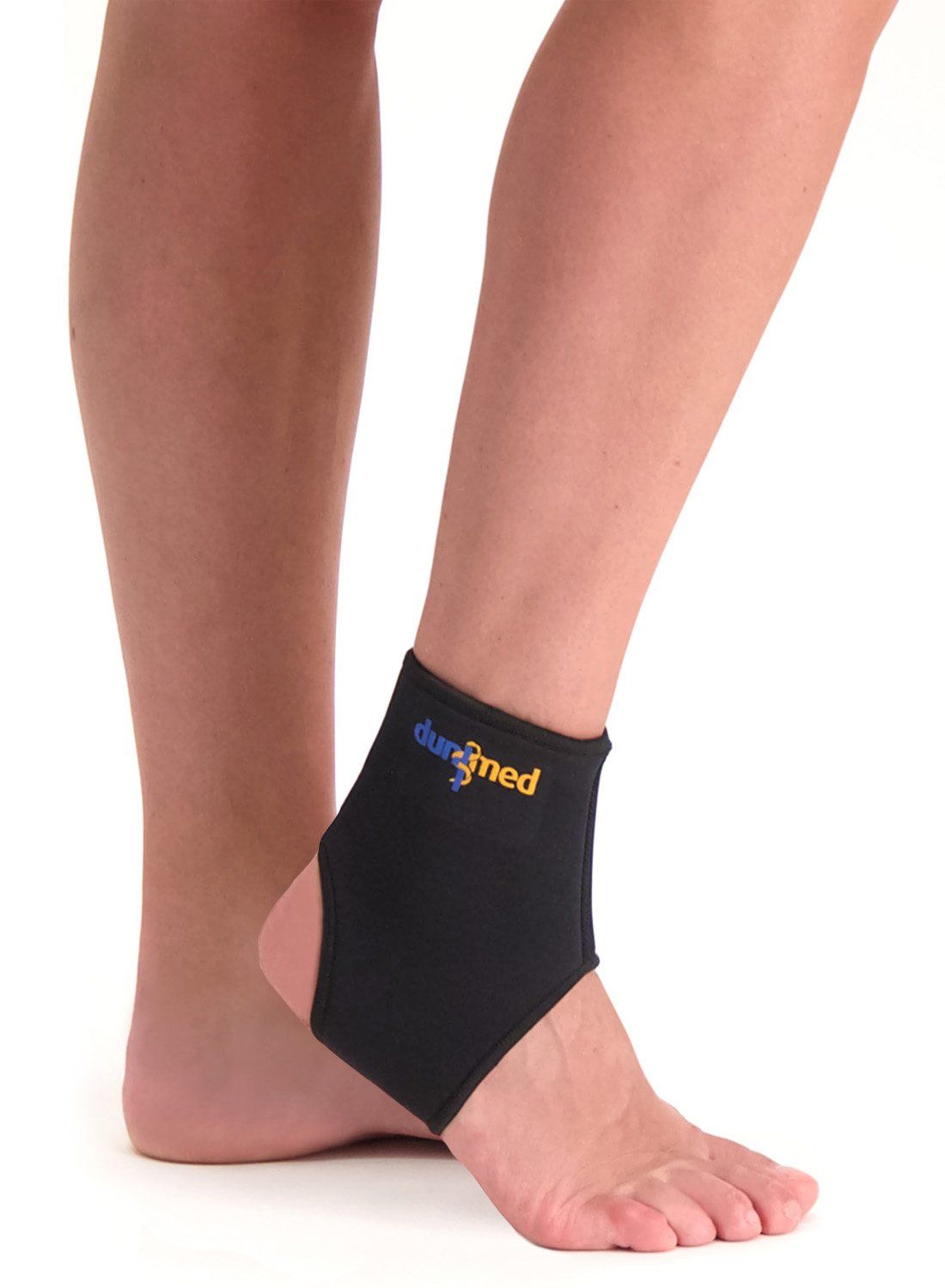Rheumatoid arthritis in ankle
Rheumatoid arthritis in ankle arises from inflammatory processes in and around the joints of the foot, including the ankle. Unfortunately, this condition cannot be cured, but it can be effectively managed. We are happy to provide you with more information about the symptoms and treatment of this complaint. Read on below:
What is rheumatism?
Contrary to what many people think, rheumatism is not a standalone condition. It is a collective term for more than a hundred chronic disorders affecting your bones, joints, muscles, and tendons. Common forms of rheumatism include osteoarthritis, rheumatoid arthritis, and fibromyalgia. It can occur at any age.

What causes rheumatism in the ankle?
Contrary to what many people think, rheumatism is not a standalone condition. It is a collective term for more than a hundred chronic disorders affecting your bones, joints, muscles, and tendons. Common forms of rheumatism include osteoarthritis, rheumatoid arthritis, and fibromyalgia. It can occur at any age.
What symptoms may occur?
Rheumatism in the ankle can cause various complaints. The most common symptoms are pain, swelling, and stiffness. When there is inflammation in the joint, redness and swelling may occur. This also leads to pain. People diagnosed with rheumatism often experience extreme fatigue. Symptoms may flare up again after a period of absence. The complaints are present both at rest and during movement.
How is rheumatism in the ankle diagnosed?
If you experience pain in your ankle, your first step should be to visit your general practitioner. They will review your medical history and perform a physical examination. In some cases, additional blood tests or X-rays may be needed. These images can clearly show whether you have a form of rheumatism in the ankle. If necessary, you will be referred to a rheumatologist.

What treatments are available?
There are several treatment options for rheumatism in the ankle. The treating physician will often suggest starting with medication. Various rheumatic medications are available that can be effectively combined with pain relievers. If this is not sufficient, you may choose to undergo a 2- to 3-week rheumatism treatment program abroad. This type of program is fully tailored to your needs and capabilities and includes physical therapy, exercise therapy, and hydrotherapy. If different therapies do not provide enough relief, surgery may be considered. Alternative treatments such as acupuncture, homeopathy, and nutritional supplements are also often chosen. It is important to always discuss these with your treating physician and to follow them alongside your regular treatment. Wearing an ankle brace can offer proper support and stabilization and help reduce pain symptoms.

- Physiotherapist
- Sports podiatrist
- Manual therapist
- Podopostural therapist
- Myofascial dry needling specialist





